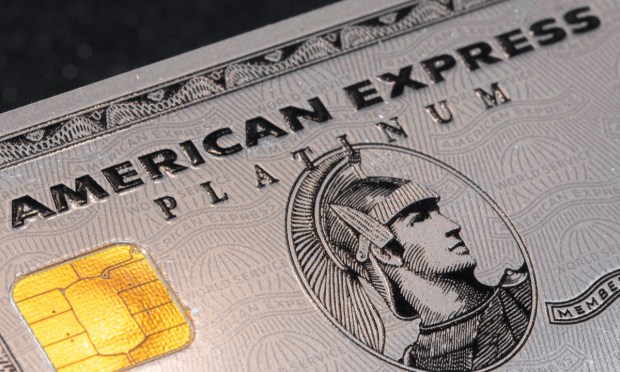Amex Card Delinquencies Creep Up but Remain Below Pre-COVID Levels

American Express says its credit card delinquency rates remain below pre-pandemic levels.
As the company said in a Securities and Exchange Commission (SEC) filing Friday (Sept. 15) the company’s consumer card delinquency rate crept up to 1.2% in August, from 1.1% in July but still below 1.4% recorded in August 2019.
The filing shows American Express’ net write-off rate dipping from 1.8 in July to 1.7% in August, and below the 2.2% level from August 2019.
The American Express report came the same day that a Bank of America filing showed that lender’s customers falling behind on card payments.
The bank’s net charge-off rate and the delinquency rate for its BA Master Credit Card Trust II rose in August, but once again they remain below pre-pandemic levels.
The net charge-off for the trust climbed to 2.13% in August, from 1.89% in July, but still under the 2.49% logged in August 2019.
Meanwhile, the card’s delinquency rate increased to 1.26% in August, from 1.24% in July, but still below the 1.57% recorded four years earlier.
“The current increases in these rates come at a time when consumers are struggling to keep up with rising costs and interest rates,” PYMNTS wrote Friday. “At the same time, wages continue to lag behind inflation, and supplemental benefits have been cut.”
PYMNTS Intelligence has shown that financially damaging life events can have a major impact on consumers’ personal finances. Even 16% of consumers who are considered “credit-secure” say that life events had led to them having trouble getting new lines of credit, according to the PYMNTS/Sezzle report “How Credit Insecurity is Changing U.S. Consumers’ Borrowing Habits.”
As noted here last week, the U.S. is wrestling with historic levels of credit card debt — more than $1 trillion — which has led to concerns about credit insecurity for both consumers and providers.
It’s a situation that has left a substantial number of consumers relying on overdrafts to meet short-term financial needs, cover unexpected expenses and hang on to their purchasing power.
“However, this financial flexibility has come at a steep cost not just for low-income consumers, but for the nearly 70% of high earners who spent more than they had in their accounts and were charged fees,” PYMNTS wrote.
A separate PYMNTS/Sezzle collaboration — “The Credit Accessibility Series: How Consumers Use Overdrafts” — found that overdrafts have led to further financial hardships for consumers, exacerbating financial issues against a difficult backdrop of steep inflation and rising costs.
In all, 90% of consumers who struggle to cover charges to their accounts said they had experienced additional financial difficulties, while roughly 70% of overdrafts resulted in broader credit accessibility issues, the study found.

